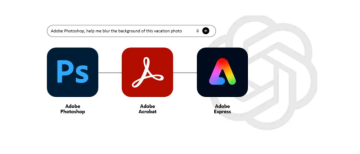In recent years, India has emerged as a global leader in digital payments, with higher rates of adoption compared to developed nations like the United States and the United Kingdom. According to a report by the Reserve Bank of India (RBI), the total value of digital transactions in India crossed the USD 1 trillion mark in 2020, with a significant portion of them being made through mobile payments.
One of the primary drivers of India's success in digital payments is the government's push towards a cashless economy. Initiatives like demonetization and the introduction of the Unified Payments Interface (UPI) have made digital payments more accessible and convenient for the masses. Today, there are several popular mobile payment apps in India, such as Paytm, Google Pay, and PhonePe, that allow users to make payments with just a few clicks.
Another significant factor contributing to India's success in digital payments is the rapid adoption of smartphones and mobile internet. With over 700 million internet users and 500 million smartphone users, India has one of the largest digital populations in the world. This has created a massive market for digital payments, with many users preferring the convenience and safety of mobile transactions over traditional cash-based transactions.
On the other hand, the adoption of digital payments in the US and the UK has been slower, with many consumers still relying on credit and debit cards for their transactions. While digital payments have been available in these countries for many years, they have not been able to achieve the same level of penetration as India.
© Copyright 2023. All Rights Reserved Powered by Vygr Media.




















